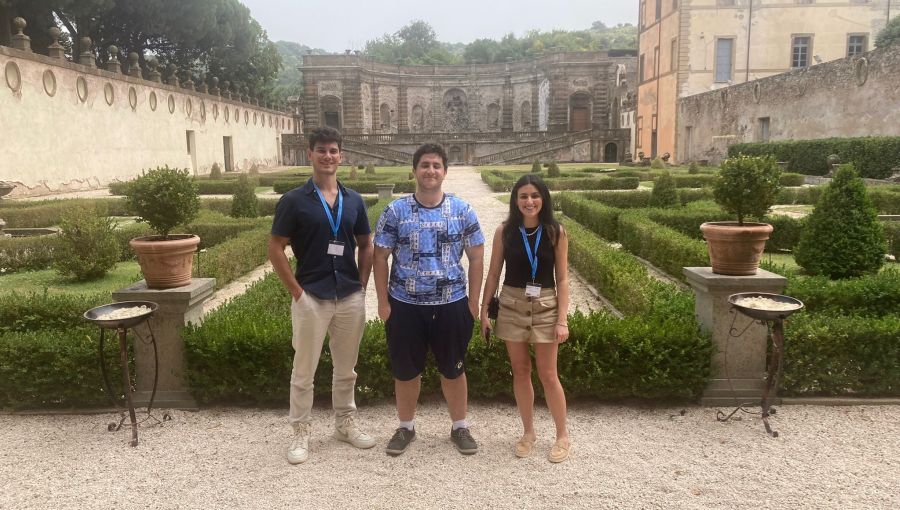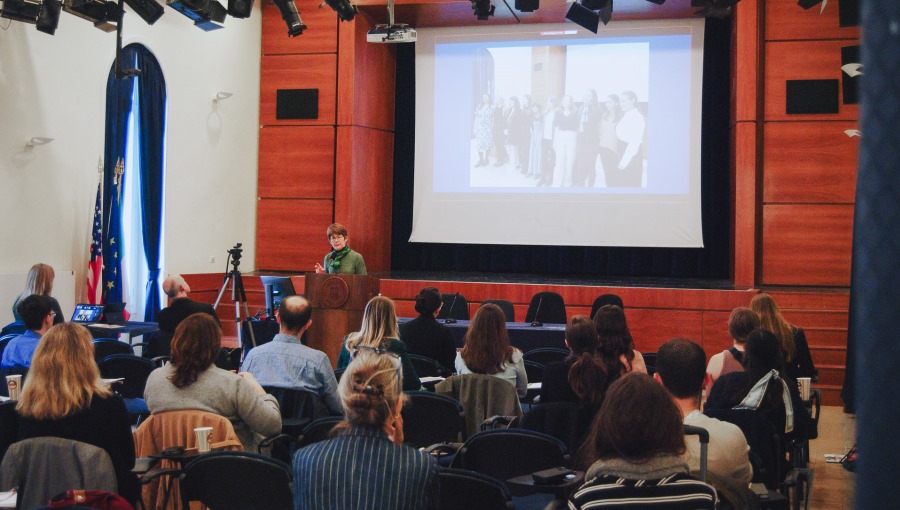Interacting with a Work of Art: Students Integrate Culture and Technology
Students of the “Management and Digitalization of Cultural Heritage” Continuing Education course at John Cabot University recently launched a project that integrates cultural heritage with new technologies.
Professor Stefano Gazziano’s course “Digitalization and Promotion of Cultural Heritage” utilized the app Layar, which allows users to create their own interactive, augmented reality experiences. Through the app, which was founded in 2009 in Amsterdam, Gazziano and his students designed an interface that allows visitors to the church of Santa Maria in Trastevere and Bocca della Verità to interact with the works of art and learn about their history and little-known facts. Students chose to focus on these two famous Roman monuments that are easily accessible from John Cabot University.
Students created multimedia content (including blog posts, photos, and audio files) on the origin, history, and peculiarities of the two landmarks. The content was then uploaded to the Layar app, which allowed students to organize it in the form of buttons superimposed on the images of the landmarks. So when users click on these icons on a smartphone or tablet screen, they have all the content related to the work of art in question at their fingertips.
Thanks to the students’ work with the Layar app, visitors can now access a carousel of uploaded images, blog posts, audio files, and websites related to that specific work of art on their smartphone or tablets. This way, visitors can learn the most relevant information while standing in front of the monuments, using the sources that they prefer.
The appearance of an app like Layar is an example of a more interactive approach to art, which utilizes technology to promote cultural heritage. While visiting a monument users can learn more about the work with a simple touch of their smartphone or tablet screen, with the possibility of researching it more at a later stage. As this class project shows, technology can be a precious tool to educate people about a sphere of knowledge that has rarely been associated with the words “innovation” and “digital.”






